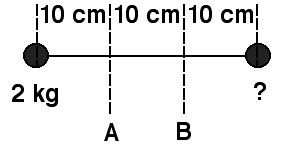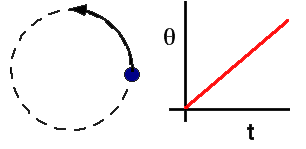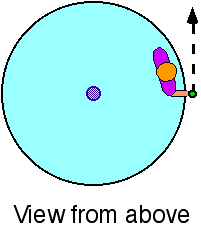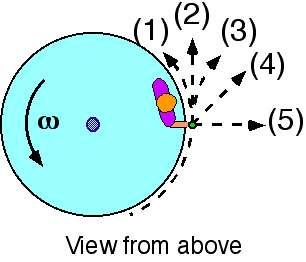Goal: Reason with the concept of moment of inertia
Source: UMPERG-ctqpe116

The rotational inertia of the dumbbell (see figure) about axis A is
twice the rotational inertia about axis B. The unknown mass is
- 2 kg
- 4 kg
- 5 kg
- 7 kg
- 10 kg
- None of the above
- Cannot be determined




Commentary:
Answer
(4) Students can get bogged down in calculations when it is unnecessary
to do detailed calculations. Proportional distances to the axes is all
that is needed. This problem presents a good opportunity to discuss
problem solving procedures.